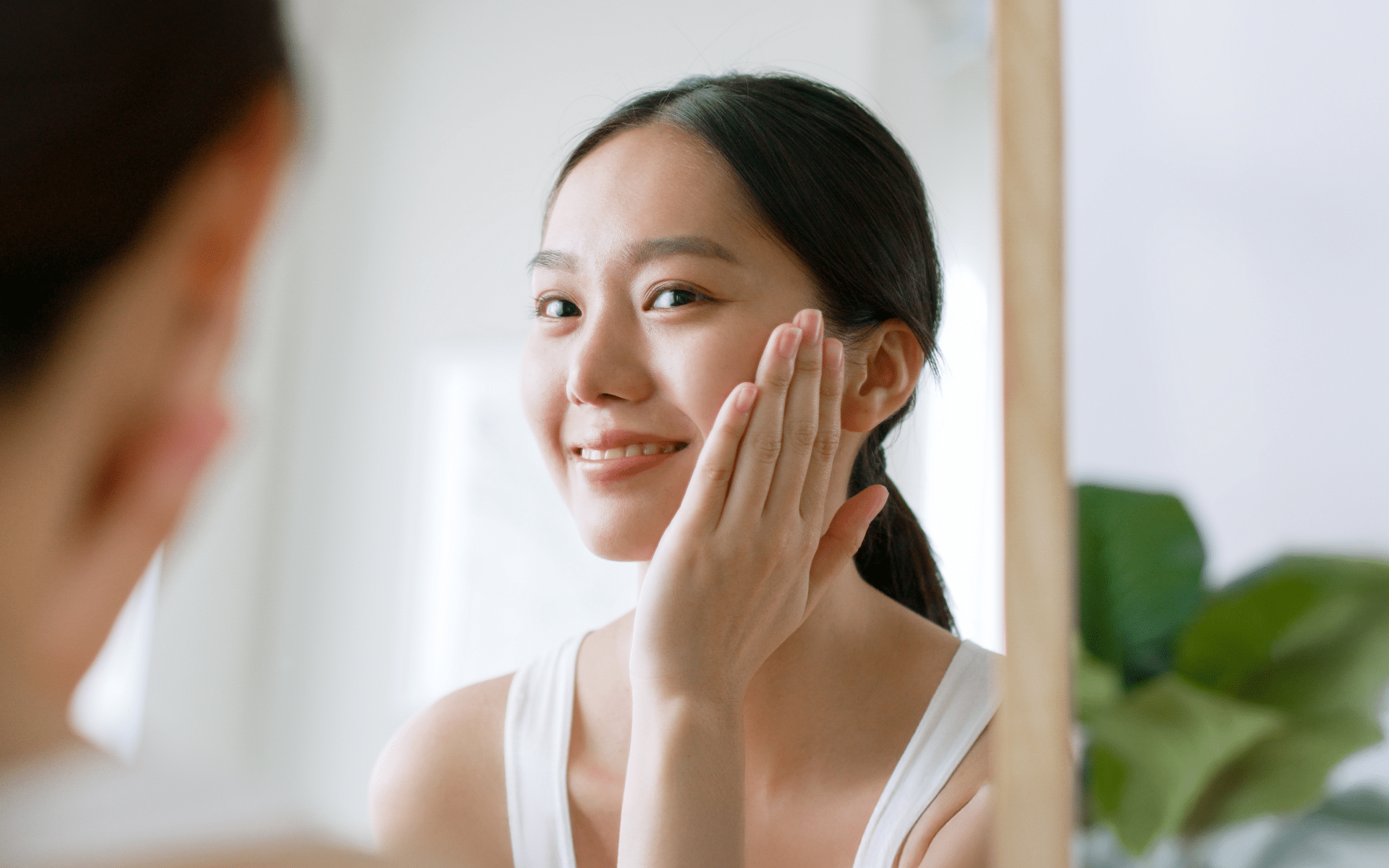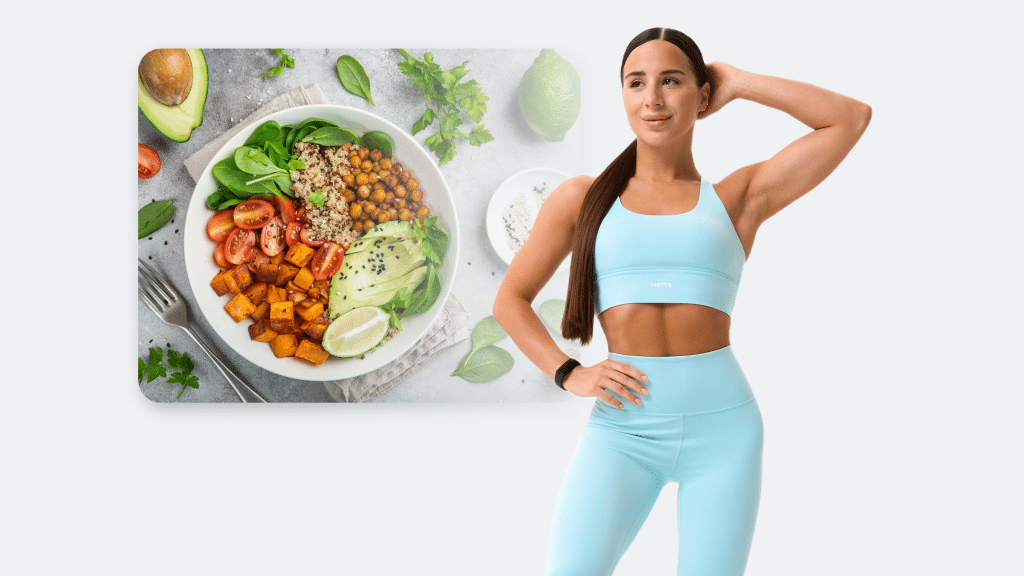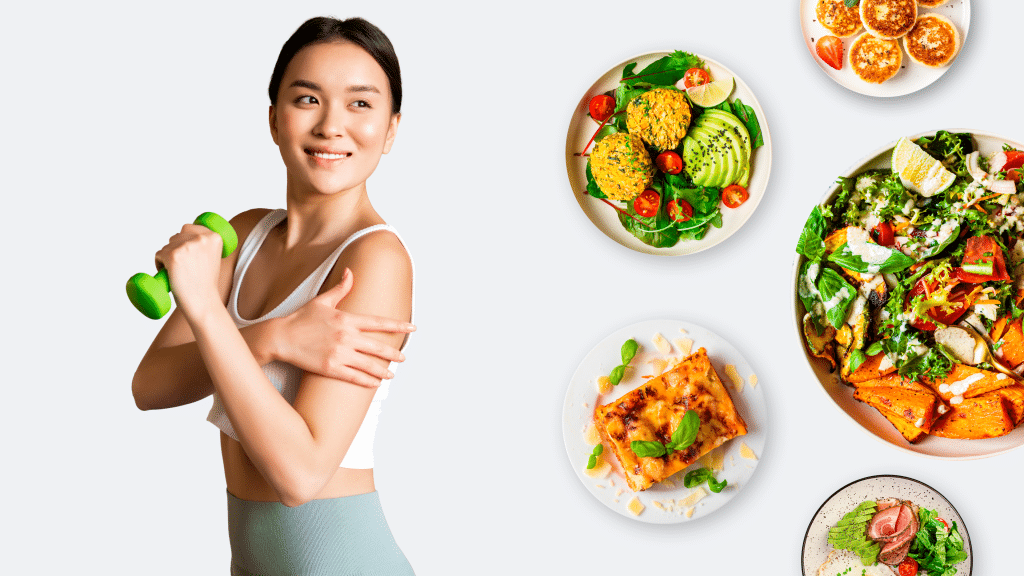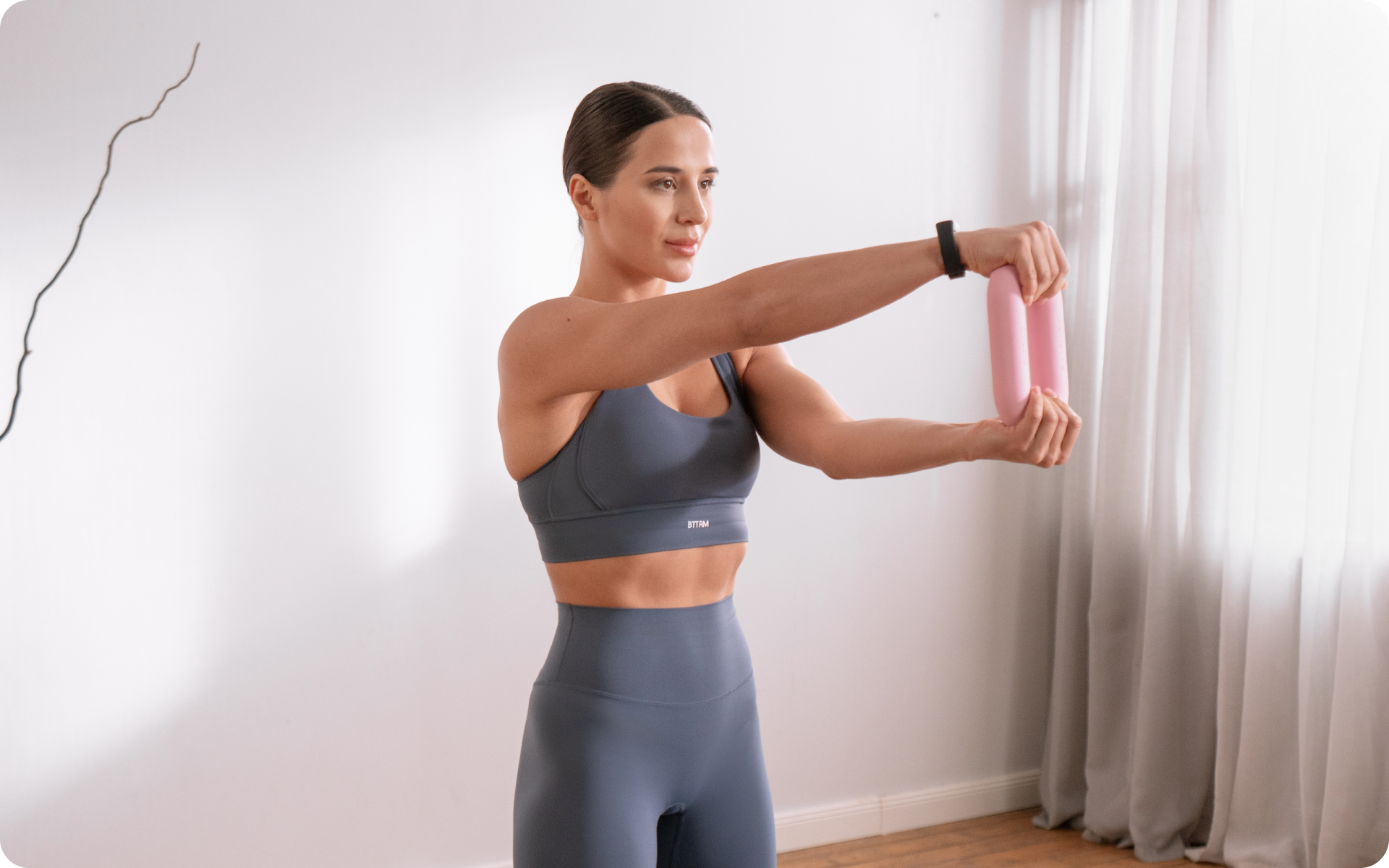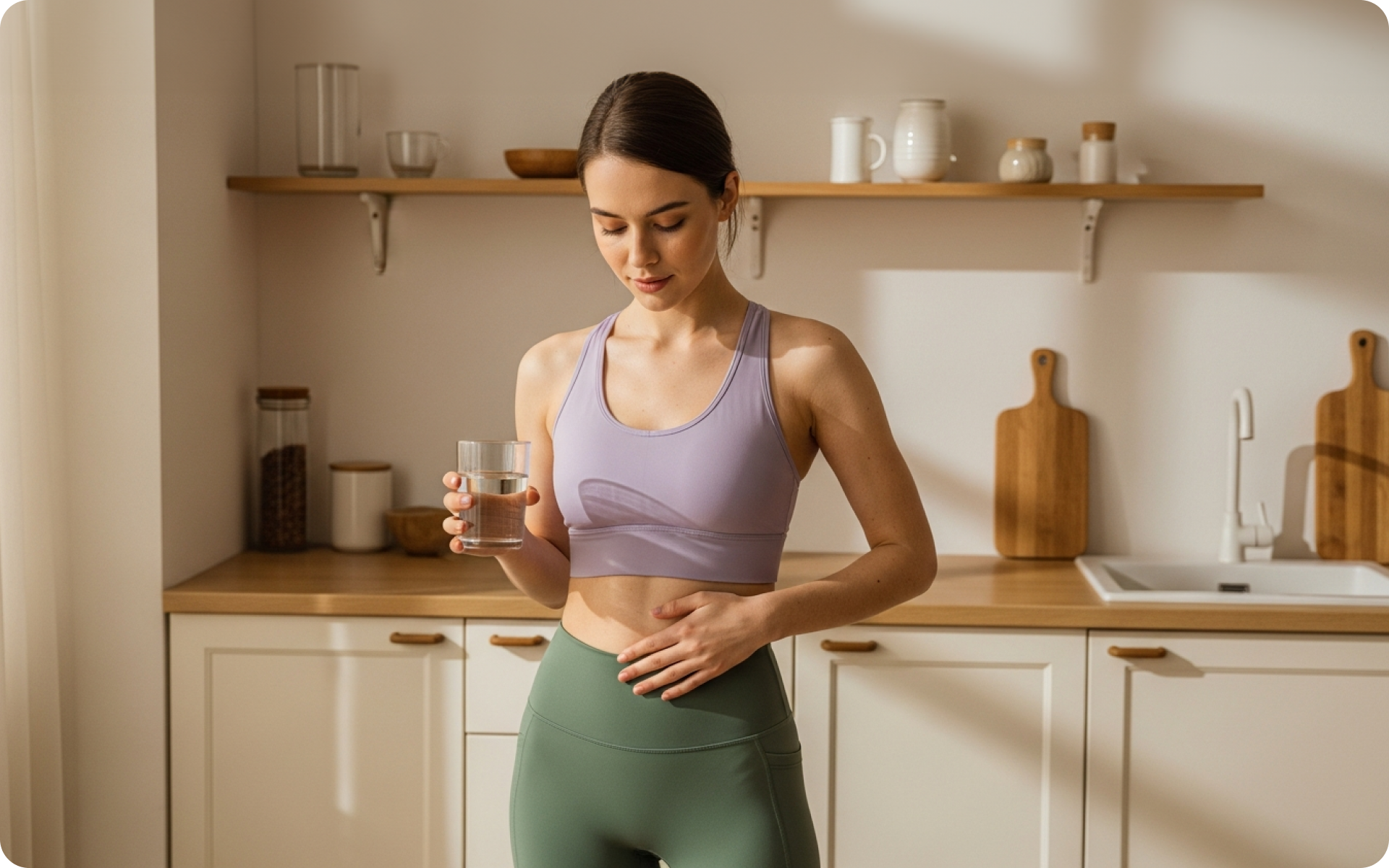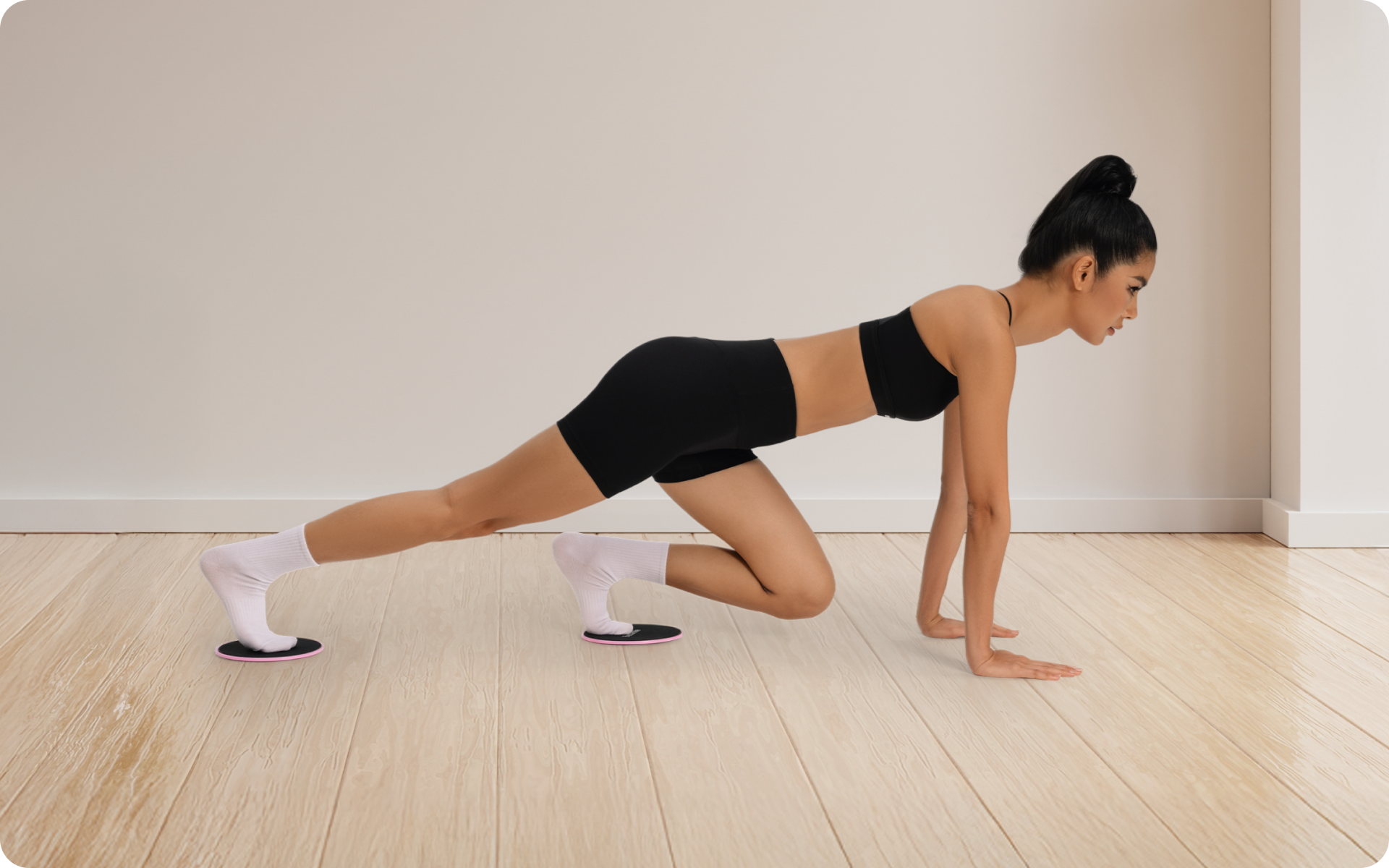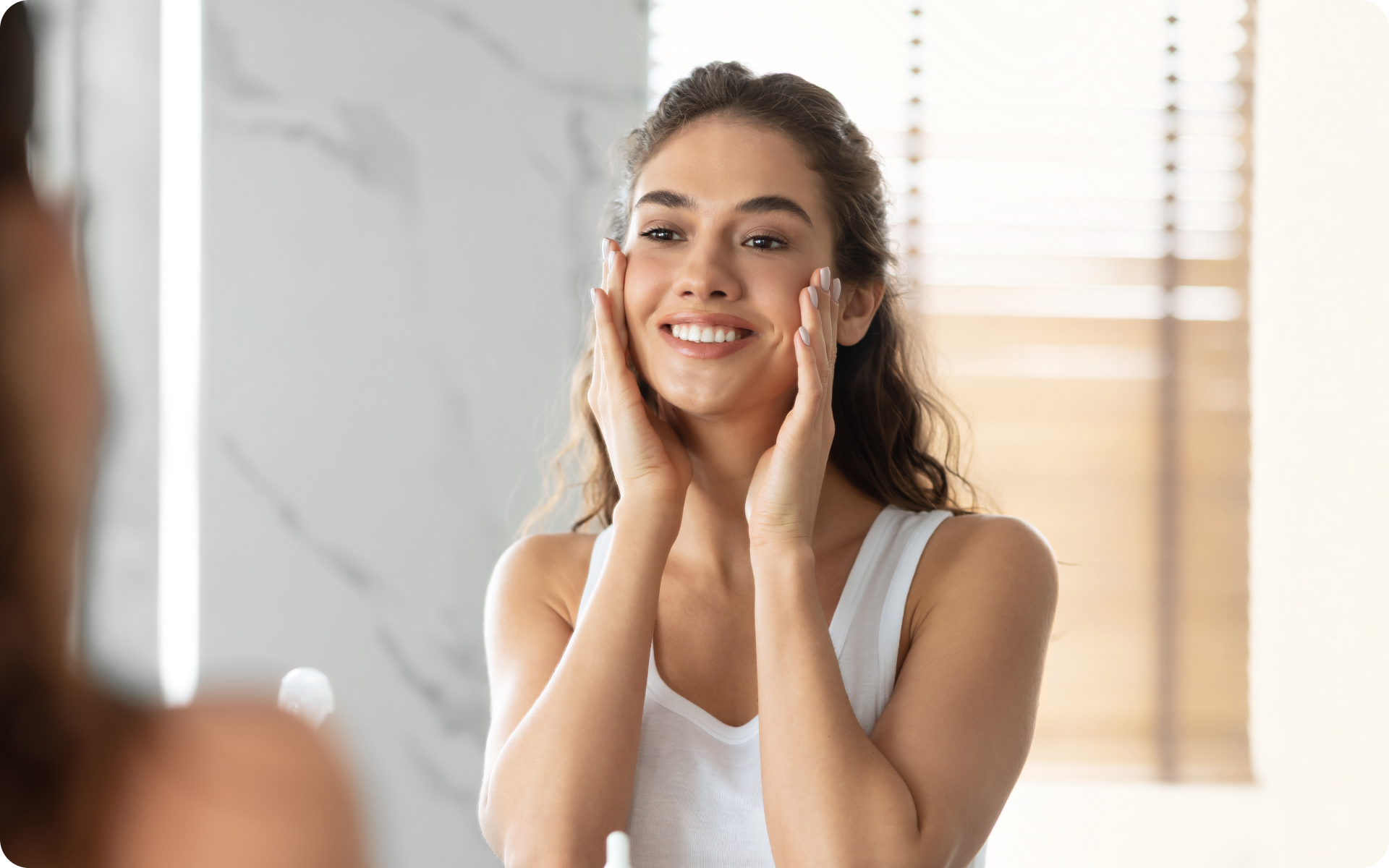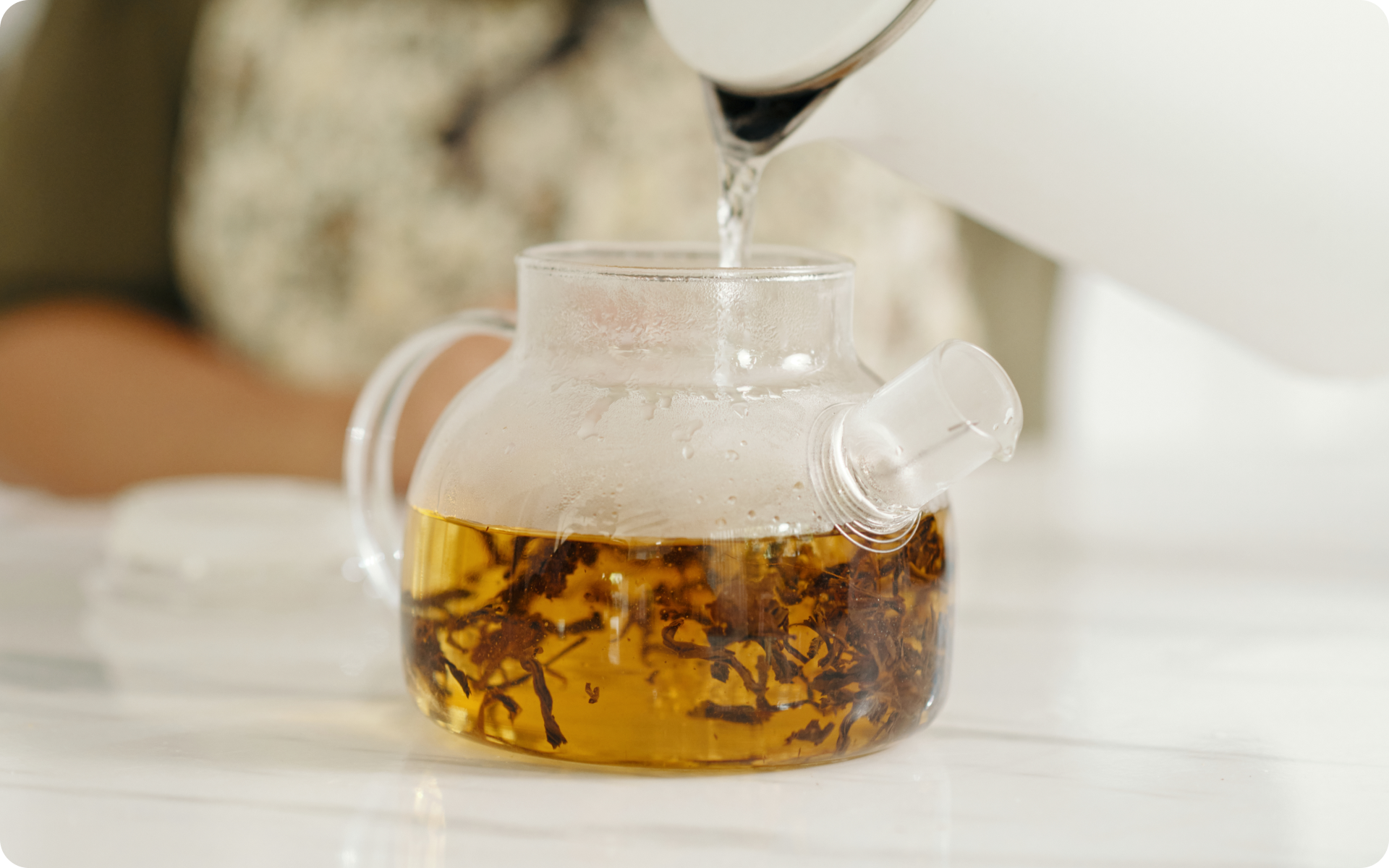We’ve all been there—looking in the mirror and feeling frustrated by stubborn face fat that just doesn’t seem to budge, no matter what we do. You’re not alone in wanting a slimmer, more defined face, but the idea of jumping into extreme diets or punishing workout routines can feel overwhelming, to say the least. Who has the time for that? And honestly, who really wants to cut out all the foods they love or spend hours in the gym just to lose a little cheek fat?
The good news is, you don’t have to. Losing face fat can actually be much simpler, and gentler, than you may think. It’s about making small, consistent changes that fit into your life, rather than overhauling everything. In this article, we’re going to explore practical, manageable ways to help slim down your face. From easy lifestyle tweaks to targeted facial exercises, you’ll find tips that are realistic and, most importantly, sustainable. Let’s get started!
What Is The Cause Of Face Fat?
Before we get into how to lose neck and face fat, let’s discuss what’s causing it in the first place. There are many reasons why too much fat can collect in your face or neck.
- Excess Body Weight
One of the primary causes of face fat is excess body weight. When you gain weight, fat tends to accumulate in different areas of the body, including the face. The more weight you gain, the more likely it is that you will develop a double chin or chubby cheeks. - Poor Diet
A poor diet that’s high in ultra-processed foods, refined carbohydrates, and added sugars can also contribute to face fat. These types of foods are often high in calories and low in nutrients, which can lead to weight gain and the accumulation of fat in the face (2).
- Dehydration
When you don’t drink enough water, your body retains water in an effort to prevent dehydration. This water will accumulate in different parts of the body, including your face, which can lead to puffiness and a bloated appearance (3). - Hormonal Imbalances
Hormonal imbalances, such as those caused by thyroid issues, can also contribute to face fat or bloating. This is because hormones play a key role in regulating weight and fat storage in the body (8). They can also influence fluid retention.
- Genetics
Some people may be more prone to carrying excess fat in their faces due to genetics. If other family members have a round face or chubby cheeks, you may be more likely to develop these traits as well. - Aging
As you age, your skin loses collagen and elastin, which can cause it to sag and lose its firmness. This can contribute to a sunken appearance in the cheeks or the development of jowls, which can make the face appear fuller.
Does Face Fat Go Away?
Yes, face fat can go away, but it depends on the cause of the excess fat and your overall health. In some cases, lifestyle changes such as diet and exercise can help reduce face fat (4). However, in other cases such as genetics and aging, face fat may be more difficult to eliminate completely.
Note that while face fat can go away, losing too much weight in your face can lead to a sunken appearance associated with aging. Therefore, it’s important to approach weight loss and face fat reduction in a healthy and balanced way and consult a healthcare professional if necessary.
If you wish to free yourself from all the extra pounds that have been weighing you down for way too long, start using the BetterMe: Health Coaching app and overhaul your entire life!
How Can I Slim Down My Cheeks?
If you’re wondering how to lose face fat and get a defined jawline, we propose the following steps. Bear in mind that extreme diets or workouts are not recommended for long-term health and won’t be helpful in the long run.
- Get on a Sustainable Weight Loss Diet
Managing your weight is one of the best ways to slim down your face. This means eating a balanced, nutritious diet, filled with healthy whole foods such as fruits, vegetables, lean proteins, and whole grains. You should also limit your intake of ultra-processed foods, added sugars, and refined carbohydrates.
Creating and maintaining a calorie deficit (eating fewer calories than you burn each day) can help you lose weight overall and reduce face fat (5). You may also benefit from counting your calories or tracking your macronutrient intake (protein, fat, and carbs) to ensure you’re staying on track.
- Create an Effective Exercise Plan
In addition to eating a healthy diet, regular exercise can help you lose weight and slim down your face (7). To get the best results, combine cardio exercises such as running, cycling, or swimming with resistance training. This type of exercise will help you lose fat all over the body, not just in the face.
Some experts suggest that facial exercises, such as smiling and puckering, may help tone your facial muscles. While these exercises won’t cause you to lose weight, they may help give your face a more toned and sculpted appearance.
When thinking of how to lose face fat exercises, it’s important to note that there are no targeted exercises that are specifically designed to reduce face fat. Any exercise that helps you lose overall weight and burn fat will help reduce face fat over time.
- Tackle the Causes of Water Retention
A puffy, bloated face can be caused by water retention, which happens when the body stores excess water. To reduce water retention, try reducing your salt intake, drinking more water, and talking to your doctor about possible underlying causes (6).
You can also try taking a diuretic supplement, such as dandelion root. However, it should be noted that supplements should always be taken with caution and under the guidance of a healthcare professional.
- Get Adequate Sleep
You should never seek an answer for “how to lose fat overnight”, simply because it’s not realistic. However, if you’re looking for long-term results, getting enough sleep is key.
Research has shown that a lack of sleep can cause an increase in cortisol, which is a hormone that is associated with weight gain (7). Getting seven to nine hours of quality sleep per night will help you maintain a healthy weight, which can help reduce face fat.
- Manage Stress
We know that stress anxiety can lead to overeating and emotional eating (1). To keep stress in check, try daily meditation and mindfulness practices, in addition to activities such as yoga and deep breathing. Talking to a therapist or joining a support group can also help you manage stress and reduce face fat over time.
Read more: I Want to Be Skinny: 6 Science-Backed Strategies for Fat Loss
How Long Does It Take to Lose Face Fat?
As with any other type of weight loss, how long it takes you to lose face fat is dependent on a variety of factors, including your diet, exercise routine, and lifestyle. Generally, it may take several months to see significant results. To get the best results, remain consistent with your healthy eating and exercise plan.
If you keep at it for long enough, you can achieve your goals of losing face fat and achieving a slimmer, more sculpted facial appearance.
BetterMe: Health Coaching app helps you achieve your body goals with ease and efficiency by helping to choose proper meal plans and effective workouts. Start using our app and you will see good results in a short time.
Why Is It So Hard to Lose Face Fat?
Losing face fat can feel like an uphill battle because the body doesn’t burn fat in just one spot—it burns fat all over, and the face often holds onto it longer than other areas. Fat distribution is largely determined by genetics, so where you tend to store fat or lose it first isn’t really within your control. For many people, the face is one of the last places to show visible fat loss, even when the rest of their body is slimming down.
Here’s why face fat can be tricky:
- Genetics: Some people naturally store more fat in their faces due to their genetic makeup, so it can take longer to lose (9).
- Water Retention: Sodium and fluid retention can lead to puffiness, which makes the face appear rounder even when you’re losing body fat.
- Hormonal Factors: Hormones, stress, and sleep can also influence where and how your body holds onto fat, including in the face(9).
In short, while it may be frustrating, the key to losing face fat is patience. As you continue with healthy habits such as eating right and exercising, your face will eventually slim down too—just maybe not as quickly as you’d like.
Read more: How to Get Rid of Overnight Weight Gain? Discover 8 Easy Ways
How to Lose Face Fat for Men and Women
Losing face fat works pretty much the same for both men and women, although genetics and hormones can play a part. The key is to focus on overall weight loss as there’s no way to directly target fat in just one area of the body—your face included. You should start by eating a balanced diet that’s low in ultra-processed foods, added sugars, and excess sodium, which can contribute to bloating and water retention.
Regular exercise, especially cardio, can help burn overall body fat, and as your body slims down, so will your face. Staying hydrated is also essential, as drinking enough water helps reduce puffiness and keeps your skin healthy. While men and women may see slightly different results due to body composition, the core principles of a healthy diet, exercise, and hydration apply to everyone who is looking to lose face fat.
Which Exercise Is Best for the Face?
Facial exercises, which are often referred to as “face yoga”, can help you tone and strengthen the muscles in your face. This may eventually give you a firmer, more defined look. While these exercises won’t melt away fat directly, they can make your face appear more sculpted by engaging the muscles that support the skin. Think of it as giving your face a mini workout!
Here are a few popular facial exercises (10):
- Cheek Lifts: Smile as wide as you can, then lift your cheeks up toward your eyes. Hold this for a few seconds before relaxing. This helps tone the cheek muscles.
- Fish Face: Suck your cheeks in as if making a “fish face” and hold the position for several seconds. This engages the muscles around your mouth and jaw.
- Jaw Clenches: Tighten your jaw and hold it for 10 seconds. This exercise targets the jawline and helps improve muscle tone.
It’s important to remember that facial exercises work best when combined with a healthy lifestyle. As you shed overall body fat through diet and regular exercise, these movements can help tighten and tone, potentially making your face look more defined. As with any exercise routine, consistency is the main ingredient of the recipe.
Do Jawline Exercises Work?
Jawline exercises can help strengthen the muscles around the jaw, which may give the area a more defined appearance, but they won’t specifically target fat loss in that area. Exercises such as chin lifts, neck stretches, or even chewing gum can engage the muscles around your jawline, which can make them more toned and prominent.
Despite the targeted efforts, it’s important to remember that the visibility and definition of your jawline are more dependent on overall body fat. While these exercises can slightly enhance muscle tone, they won’t make a significant difference unless they’re combined with an overall reduction in body fat through proper diet and exercise. Quite simply put, jawline exercises can be a helpful add-on to your routine, but they aren’t a magic solution on their own.
Unfortunately, it’s not possible to lose significant face fat in a week. Consistent and healthy lifestyle habits are necessary for reducing face fat over time. These include eating a healthy diet, exercising regularly, getting adequate sleep, and managing stress. So if you’re wondering how to lose face fat in 1 week, you’ll need to focus on lifestyle habits that create lasting changes. Regular exercise can help you lose fat all over the body, including the face. Combining cardio exercises such as running, cycling, and swimming with resistance training is the best way to reduce face fat. In addition, facial exercises such as smiling and puckering may help give your face a more toned appearance. The amount of fat in your face can fluctuate due to changes in body weight, lifestyle habits, and hormones. This means that facial fat isn’t necessarily permanent. To reduce facial fat, you should focus on creating and maintaining healthy lifestyle habits. Over time, you’ll achieve a more toned appearance.Frequently Asked Questions
How can you lose face fat in a week?
What is the best exercise for losing face fat?
Is facial fat permanent?
The Bottom Line
If you’re wondering how to lose face and neck fat, the best approach is a combination of a healthy diet, regular exercise, and stress management. In addition, keeping tabs on your water retention and getting enough sleep may also help reduce face fat over time.
If you’re looking for a more immediate solution, facial fillers and cosmetic procedures may be an option. However, these should always be done under the guidance of a medical professional. The most sustainable way to reduce face fat is ultimately maintaining an overall healthy lifestyle.
DISCLAIMER:
This article is intended for general informational purposes only and does not serve to address individual circumstances. It is not a substitute for professional advice or help and should not be relied on for making any kind of decision-making. Any action taken as a direct or indirect result of the information in this article is entirely at your own risk and is your sole responsibility.
BetterMe, its content staff, and its medical advisors accept no responsibility for inaccuracies, errors, misstatements, inconsistencies, or omissions and specifically disclaim any liability, loss or risk, personal, professional or otherwise, which may be incurred as a consequence, directly or indirectly, of the use and/or application of any content.
You should always seek the advice of your physician or other qualified health provider with any questions you may have regarding a medical condition or your specific situation. Never disregard professional medical advice or delay seeking it because of BetterMe content. If you suspect or think you may have a medical emergency, call your doctor.
SOURCES:
- Emotional eating and weight regulation: a qualitative study of compensatory behaviors and concerns (2018, pmc.ncbi.nlm.nih.gov)
- Eating highly processed foods linked to weight gain (n.d., nih.gov)
- Inadequate Hydration, BMI, and Obesity Among US Adults: NHANES 2009–2012 (2016, pmc.ncbi.nlm.nih.gov)
- Lifestyle Modification for Obesity (2012, pmc.ncbi.nlm.nih.gov)
- Optimal Diet Strategies for Weight Loss and Weight Loss Maintenance (2020, pmc.ncbi.nlm.nih.gov)
- Physiology, Edema (2023, pmc.ncbi.nlm.nih.gov)
- Role of Sleep and Sleep Loss in Hormonal Release and Metabolism (2009, pmc.ncbi.nlm.nih.gov)
- The Impact of Hormonal Imbalances Associated with Obesity on the Incidence of Endometrial Cancer in Postmenopausal Women (2020, pmc.ncbi.nlm.nih.gov)
- Determinants of body fat distribution in humans may provide insight about obesity-related health risks (2018, pmc.ncbi.nlm.nih.gov)
- The Yoga Face: Eliminate Wrinkles with the Ultimate Natural Facelift (2007, books.google.co.in)
